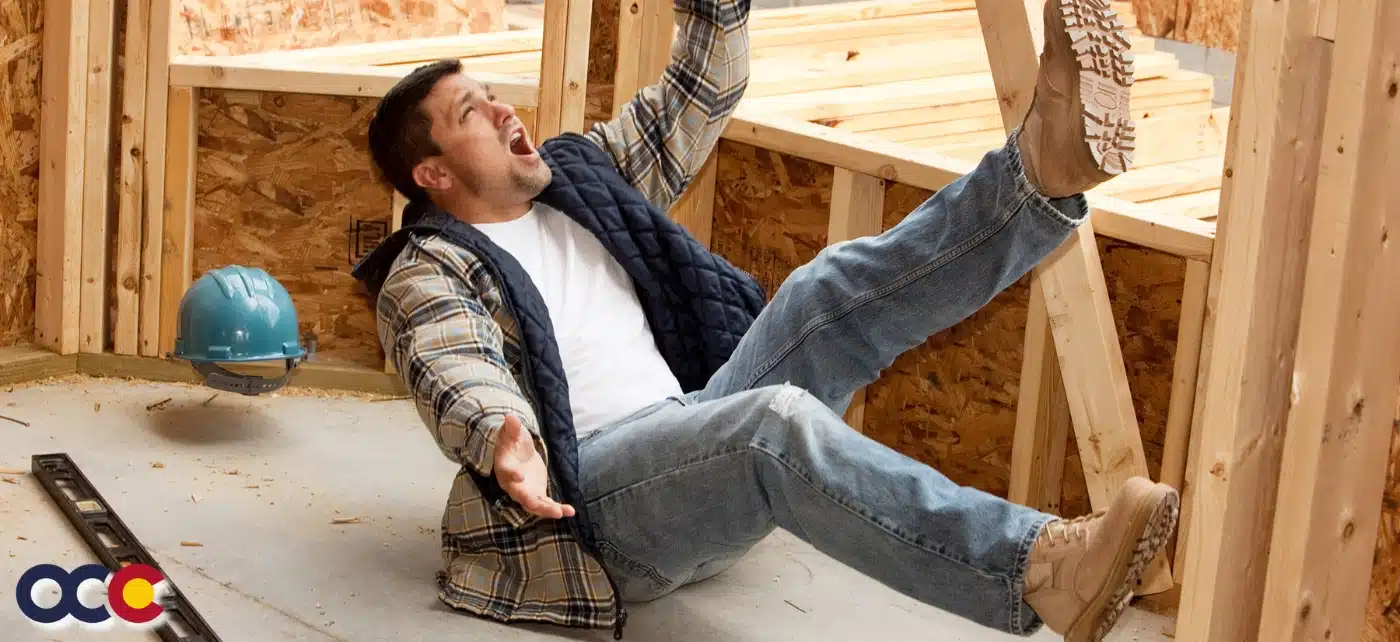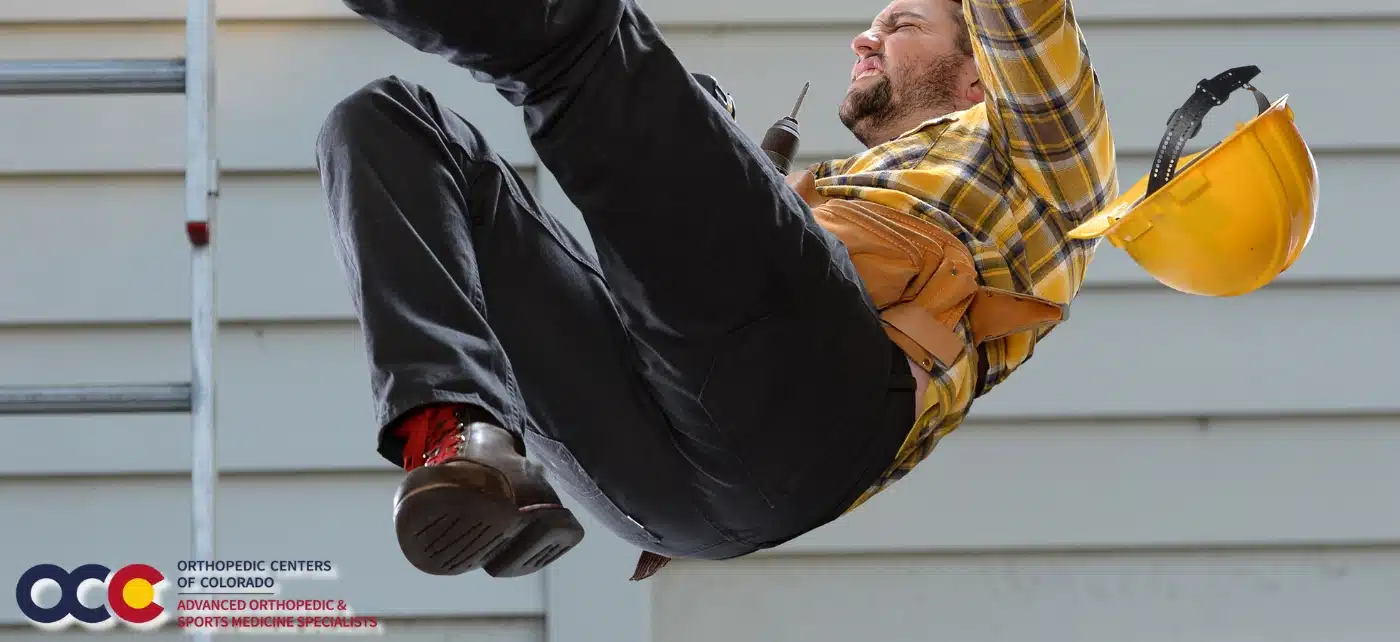An acetabular fracture is a break in the hip socket. These are relatively rare injuries and are extremely challenging orthopedic injuries to repair. This is because, at times, an acetabular fracture leaves multiple small fragments of fractured bone and cartilage, “puzzle pieces” that must be brought back together to restore hip function and mobility. Additionally, a fracture located in certain regions can be challenging to work in and fraught with risk. That’s why it is important to choose a surgeon wisely. As soon as possible, you should see one of the highly experienced orthopedic specialists at Advanced Orthopedics & Sports Medicine Specialists in Denver, Parker, or Aurora, Colorado. You can trust them to get the best outcome.
OVERVIEW
An acetabular fracture is a break in the acetabulum, which is the socket part of the hip joint. Relative to most hip fractures, acetabular fractures are uncommon. They occur much less frequently than fractures of the upper femur or femoral head (the “ball” portion of the joint). These fractures occur in both younger and older patients. Acetabular fractures can interrupt the blood supply to your acetabulum bone. Without the correct blood supply, your bone cells die. If the injury is misdiagnosed, the femoral head (top of the thigh bone) can rub within the acetabulum (hip socket) and cause cartilage damage. If the cartilage is damaged too much, there is a risk of early-onset arthritis in the hip.
ABOUT THE HIP
The hip joint is a “ball-and-socket” joint that is made up of the acetabulum and the femoral head. The acetabulum is the socket or cup, while the femoral head is the ball. The acetabulum is part of the pelvis. Both the femoral head and acetabulum have cartilage on the surface of the bone to allow frictionless movement, letting one walk and move the hip. If the acetabulum is broken and the pieces are displaced, the hip can be unstable, dislocating, and causing significant pain and disability.
WHAT IS AN ACETABULAR FRACTURE?
These fractures can occur on the left or right hip and may break in one of 10 different places and in different ways called patterns. These patterns are based on location, orientation, or in combination. Acetabular fractures include:
- Anterior wall fractures: An anterior wall acetabular fracture is a break in the front column of bone or area around the bony rim (wall) of the hip socket.
- Posterior wall fractures: A posterior wall acetabular fracture is a break in the back column of bone or area around the bony rim (wall) of the hip socket.
- Transverse fractures: A transverse acetabular fracture means the acetabulum broke at a 90-degree angle or perpendicular to the long part of your bone.
- Comminuted fractures: A comminuted acetabular fracture means the acetabulum broke into more than two fragments.
- Stress fractures: An acetabular stress fracture is a small crack in your acetabulum bone. This type of fracture happens because of overuse or repeated stress on the acetabulum bone.
Read more about Acetabular Fracture on our new Orthopedic News Site – Colorado Orthopedic News. Schedule an appointment with a hip specialist today.













